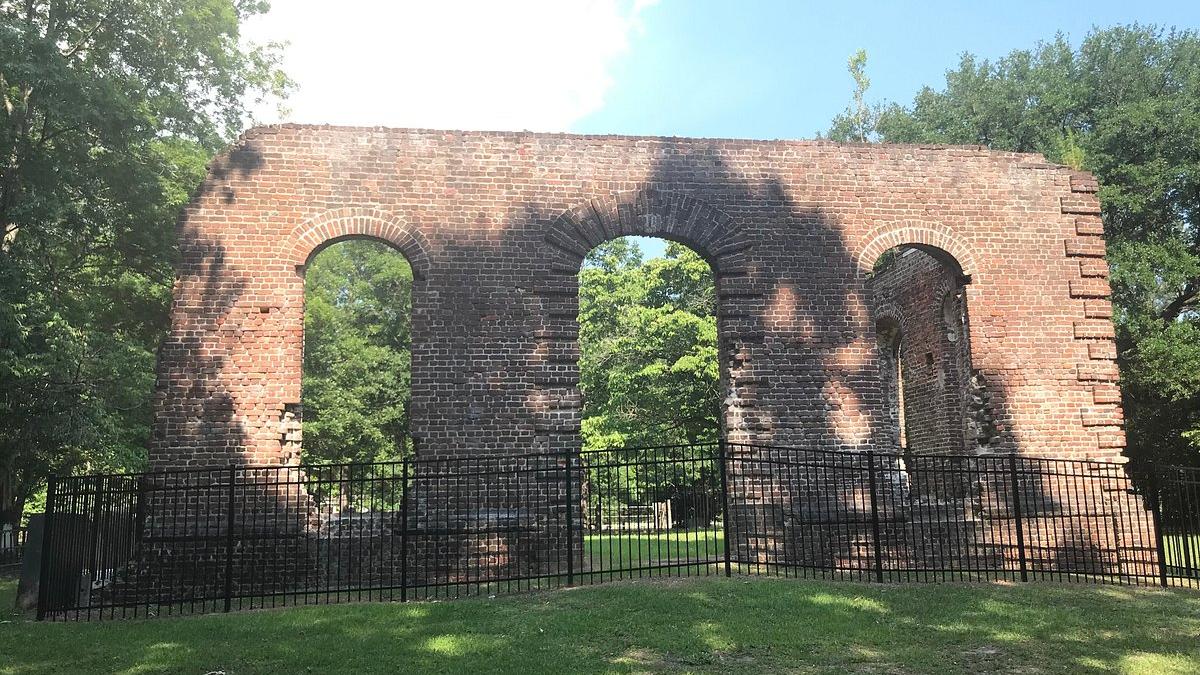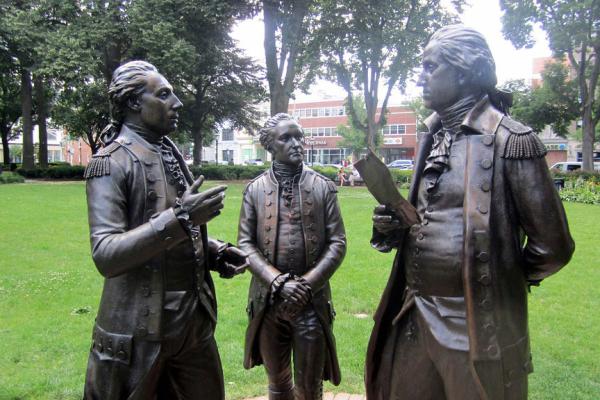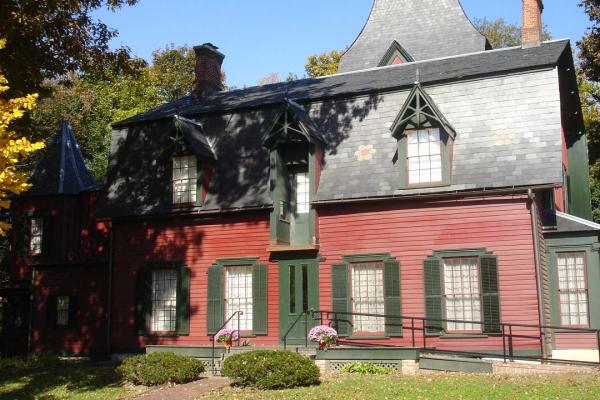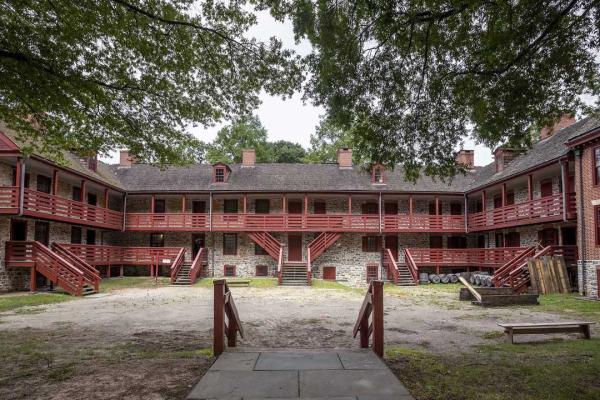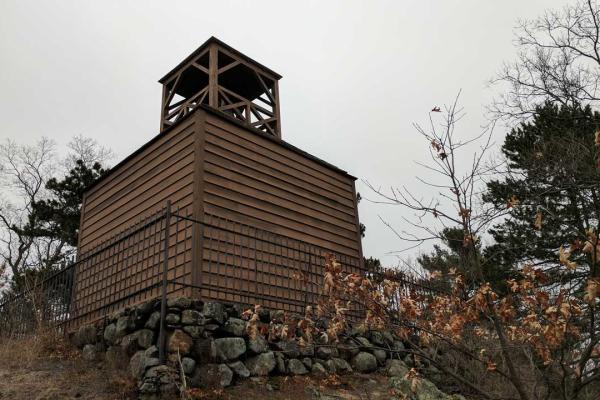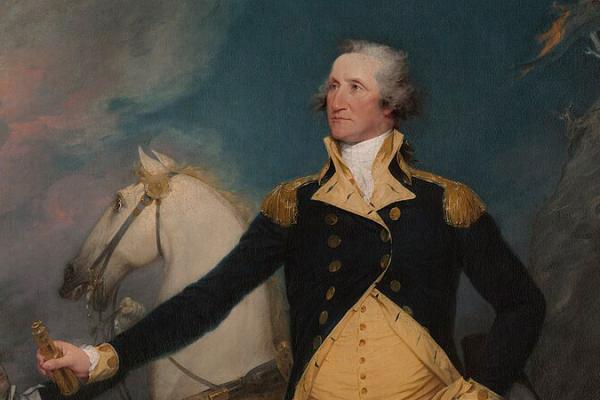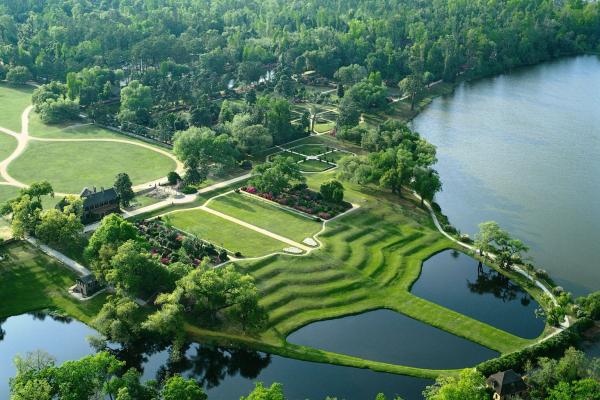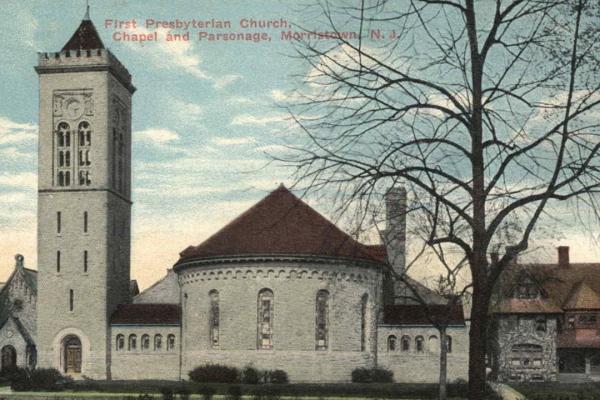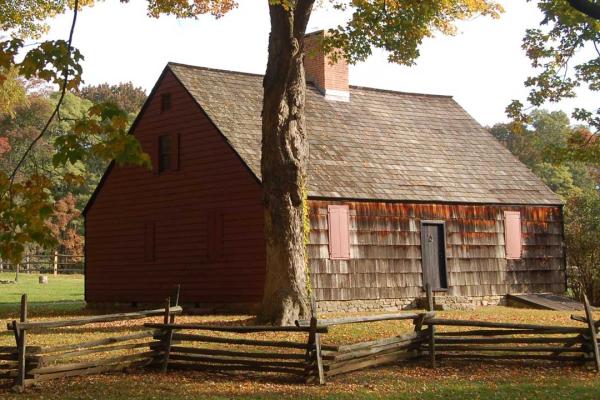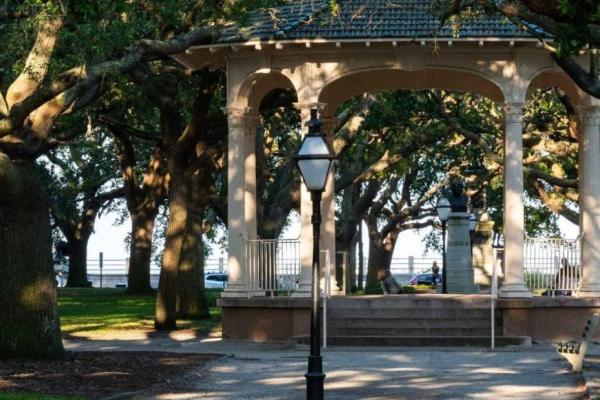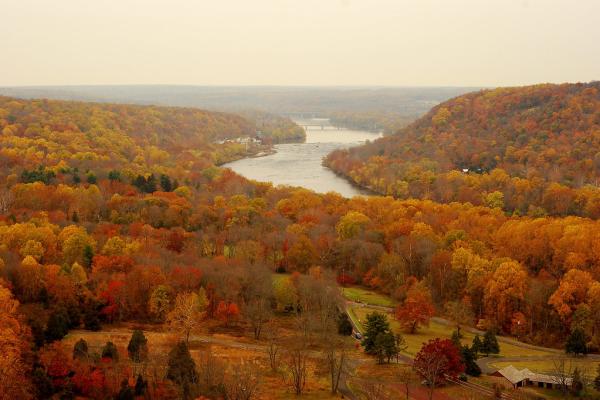Morristown National Historical Park marks the site of the Continental Army’s 1779-80 encampment under George Washington. It symbolizes America’s fight...
Now a quiet park in the center of urban Morristown, this green once served as the training and parade grounds of the Continental Army during its 1777...
Mount Vernon acted as the former plantation estate of the legendary Revolutionary War general, George Washington. The current estate includes the...
Used by both sides during the Battle of Lexington and Concord, the Munroe Tavern, it was most famously used Hugh Percy during his relief march to aid...
Nassau Hall, once the largest stone building in the colonies, housed the College of New Jersey, now known as Princeton. During the Battle of Princeton...
Located in northern New Jersey, the Nathaniel Drake house offers a unique glimpse into life during the American Revolution. Once housing George...
The Old Barracks Museum is located in Trenton, New Jersey and stands as one of the last military structures dating back the French & Indian War and...
The sound of liberty rang from this bell in the early morning of April 19, 1775, to call forth the Lexington militia. Today, a reconstructed belfry...
This parsonage was constructed in the 1750s and housed the reverend of the Dutch congregation in what is now modern-day Somerville.
Liberty Trail History Makers
The Revolutionary War was a war unlike any other — one of ideas and ideals, that shaped “the course of human events. Explore the history and personalities from this pivotal time in American history.George Washington’s leadership guided the American colonies through revolution and into nationhood. As a general and the first president, he played a crucial role in shaping the United States’ early foundations.
Robert Mursh, a Pamunkey Indian and Continental Army soldier, fought in key Revolutionary War battles and later became a Christian pastor in South Carolina, with his service documented in his 1820 pension application.
Alexander Hamilton, a Founding Father and the nation’s first Secretary of the Treasury, rose to prominence during the American Revolution as an artillery captain and later as a trusted aide-de-camp to General George Washington.
A British Army officer who served in key conflicts including the French and Indian War and the American Revolution, Gate became Governor of Massachusetts and commander-in-chief of North America, overseeing events like the Battles of Lexington and Concord before being recalled to England in 1775.
